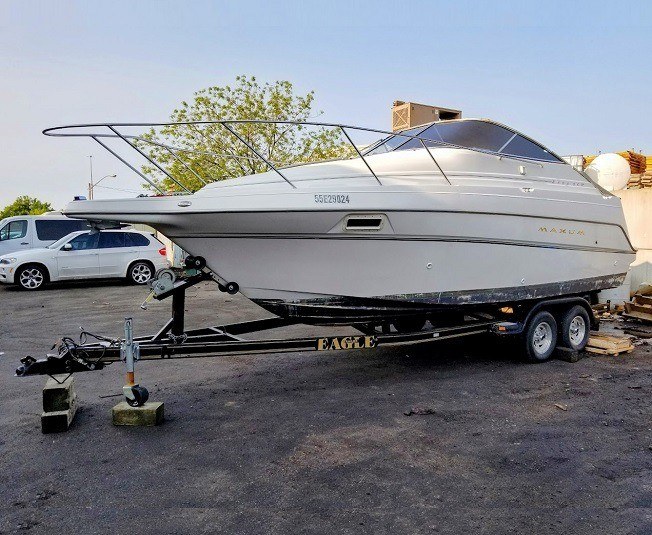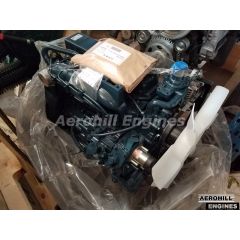Heavy Duty Engine Rebuilding
In Stock & Remanufacturing IN TORONTOEngine Remanufacturing
Engine remanufacturing goes beyond disassembling and replacing parts. It involves specialized machinery to clean, measure, cut, polish, heat treat, drill, and tap metals—restoring even severely damaged engines. For low-value engines, a used replacement might be more cost-effective. However, for high-value engines, such as those in John Deere equipment, remanufacturing preserves long-term value and performance.
Cylinder Head Resurfacing
Achieving a smooth, flat surface extends gasket life and prevents leaks. Trust professional-grade equipment for precision results.
Examination

The Roughness Average (Ra) measures the micro-variations on a surface. A lower Ra indicates a smoother finish, enhancing gasket longevity. Overheating can warp the surface and cause uneven gasket tension.
Milling
When the surface is too rough, a thin layer is removed to achieve smoothness. Even a slight deviation (around 0.004 inches) is corrected to restore a perfectly flat surface.
Wash & Assembly

Once resurfaced, the cylinder head is cleaned in an ultrasonic cleaner to remove metal shavings. After drying, it is assembled and prepared for installation.
Cylinder Block Washing
A thorough cleaning is one of the most essential parts of the process.
Antifreeze Contamination
A snapped connecting rod can allow coolant to enter the oil cavity. Proper disposal of contaminated oil and salvaging unaffected components can reduce repair costs.
Soot Contamination
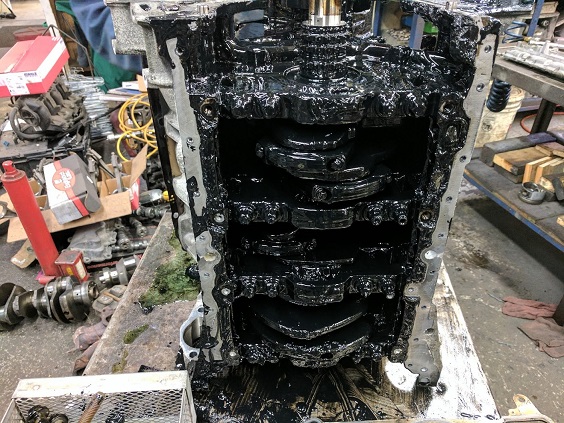
In modern diesel engines, a failing SCR catalyst can lead to high backpressure and overheating. This "cooked" oil creates a sticky, soot-laden residue that requires thorough cleaning.
Lake Water Contamination
In marine engines, failing to winterize can leave water in cooling passages. When frozen, this water fractures the block and mixes with oil, forming a stubborn residue.
Cylinder Boring
Precision boring is essential for restoring engine efficiency and preventing damage.
Damaged Cylinder
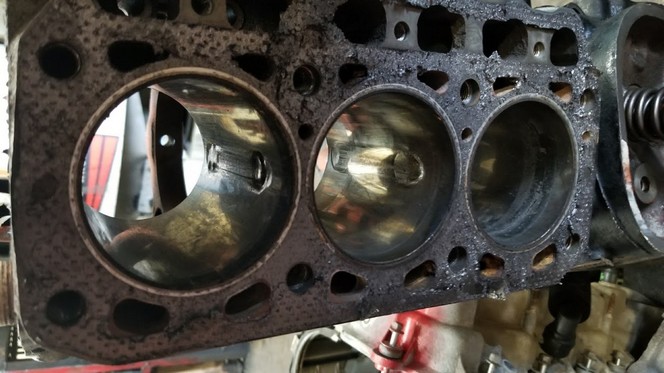
During disassembly, cylinders are inspected for wear. In this case, uneven temperatures deformed the pistons, damaging the cylinder and highlighting the need for timely maintenance.
Cylinder Boring Process
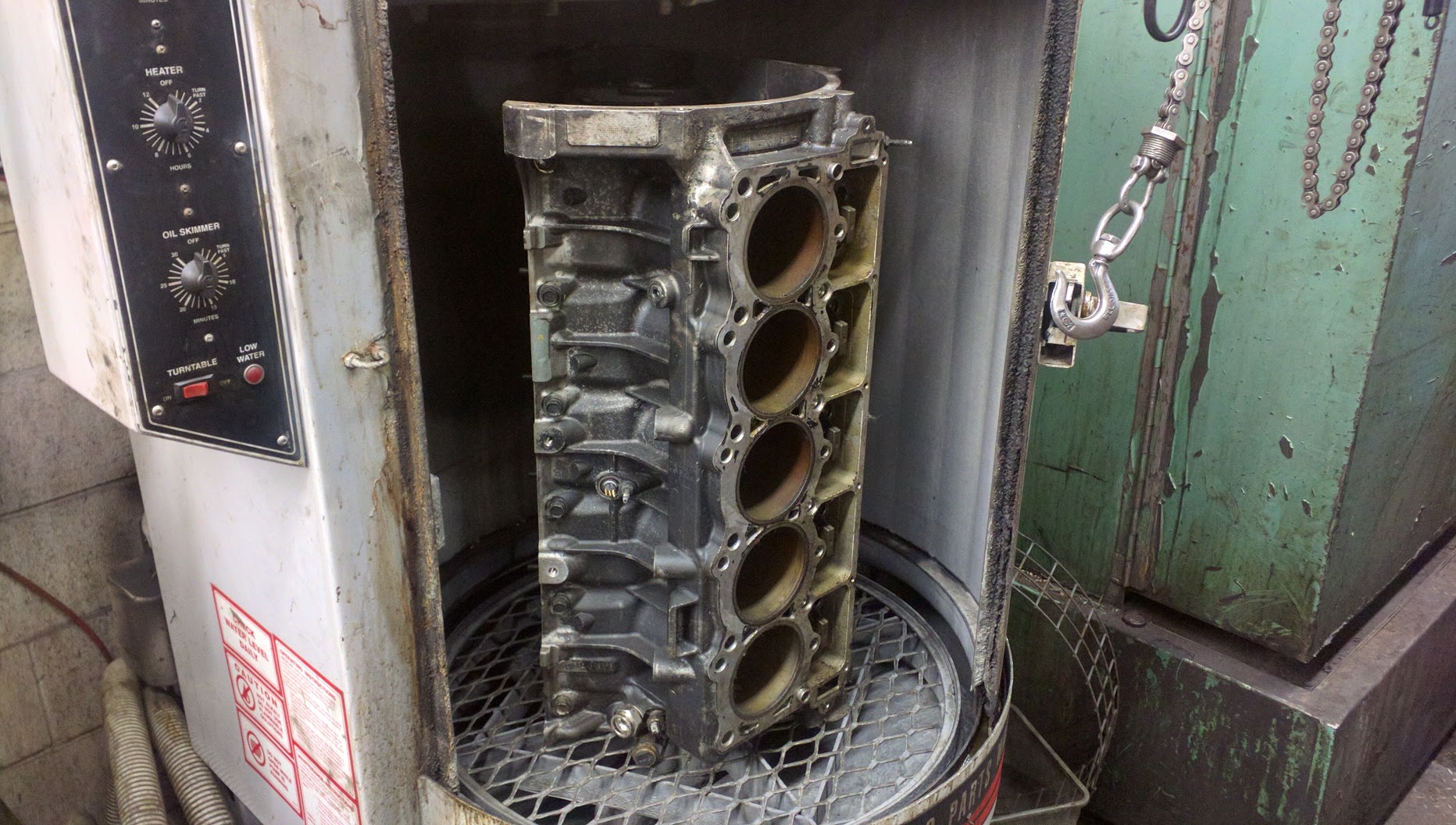
After cleaning, the cylinder is measured with tolerances as fine as 0.001 to 0.003 inches. Any deviation calls for precise boring or the installation of a cylinder liner.
Finished Product
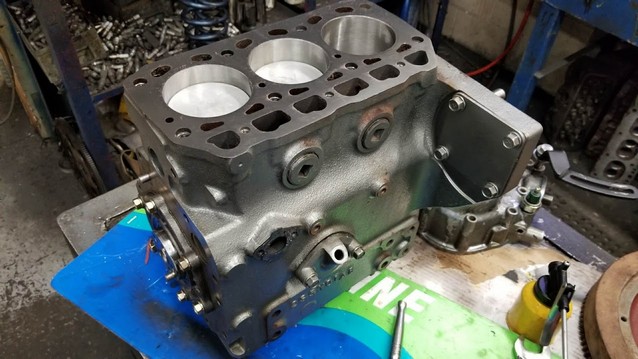
Once the cylinder meets specifications, a new piston is installed. Correct boring is crucial—skipping this step can lead to excessive oil consumption, piston damage, or catastrophic engine failure.
Long Block Engines
What
People say
“ Can't thank these guys enough, we needed our engine rebuilt mid season and they did it in a few days (dropped it off on a Monday and launched Friday). Great communication, skill, knowledge and transparency! I highly recommend them, they are experts in the field! ”
“I was having trouble finding a particular marine engine part that was in Ontario and could be delivered quickly, but I found it on the Aero-Hill website. They were very quick to respond to email questions. I ordered the part Monday morning and received it Thursday morning, would definitely order from again. Thank you! ”
“ Michael has the most helpful of anyone I've dealt with, I paid more for the same engine because he saved me so much money in other places and his service was the best I've come across, highly recommend don't bother shopping around he's the best. ”
